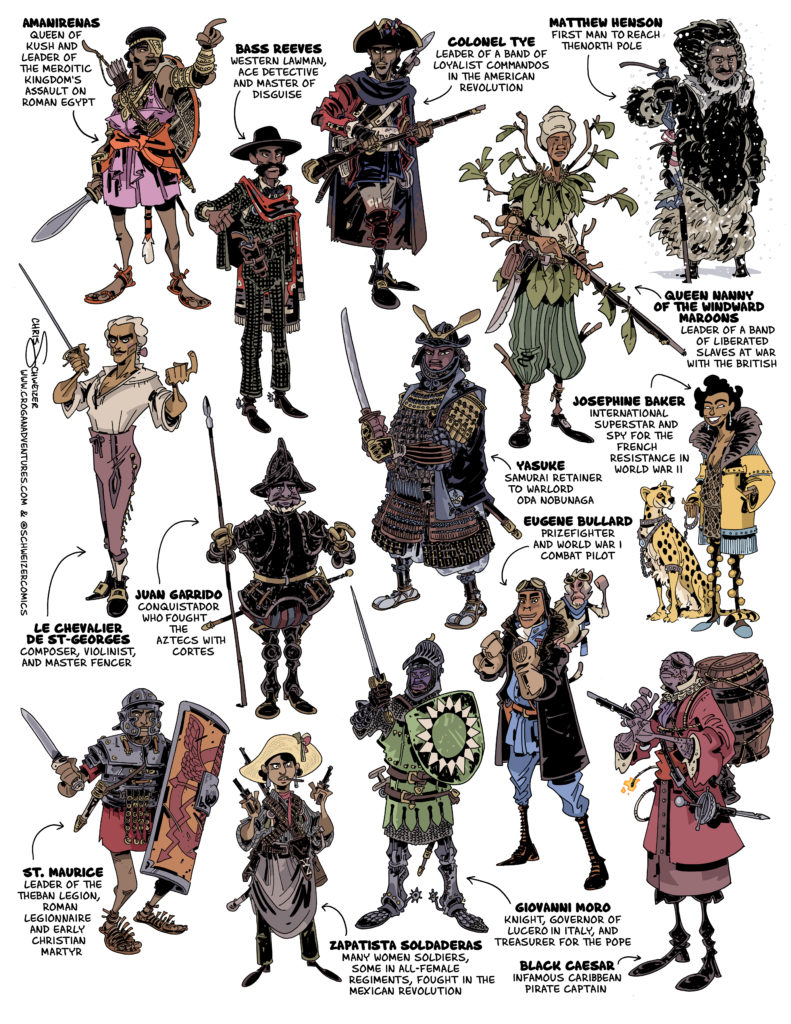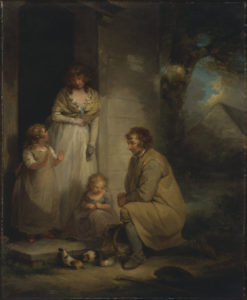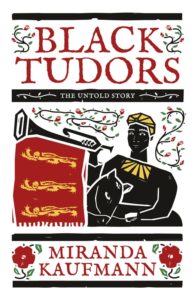If you’re an avid reader of Regency romances, you’re likely very familiar with Gunter’s [N0. 7-8 Berkeley Square], the famous pastry shop which was one of the few places a lady might dine when out and about. While the cafes of Paris were open to women, not so the taverns and chop houses of London. I was recently thumbing through The Epicure’s Almanack looking for places women might dine out or meet one another and I was delighted to find the Index had an entry which covered many of them:

Still from the BBC’s production of Persuasion
Debatt’s Pastry Shop, Poultry
Adjoining the King’s Head Tavern [No, 25 Poultry, south side], very fortunately for ladies and beaux of delicate stomachs, stands Debatt’s pastry shop, famous for sweets, soups, and savory patties. Here the epicure, who has sacrificed too liberally to the jolly god, may allay the fervency of his devotion by copious draughts of capillaire [an infusion of maidenhair fern sweetened with sugar or honey, and often flavored with orange-flower water], spruce [a fermented beverage (beer) made with an extract from the leaves and branches of the spruce fir mixed with treacle], soda [yes, soda water is period], orgeat [made by mixing barley water with syrup of orgeat, prepared with almonds, sugar, and rose-water], or lemonade. [This location is spitting distance from the Bank of England for purposes of plot.]
Unnamed, Ave Maria Lane
At the corner of Ave Maria Lane [No 28 Ludgate Street, north side] you may halt a moment, and take a glass of capillaire in the old established pastry-shop, where soups, mock turtle, savory patties, ices, and confectionary, in all their glory and splendor, with custards of the greatest delicacy, are daily offered up to the Hebes and Junos of the city.
[Nearby St. Paul’s Cathedral for purposes of plot.]
Farrance’s, Spring Garden [note, he or his brother owned the unnamed shop above]
Farrance, the Pastry Cook, lives at the corner of Spring Garden, or rather his numerous friends may be said to live there; for so much does he attend to the gratification of their appetites, that he seldom has time to think of his own. In point of magnitude, and of the excellence and cheapness of its articles, this long celebrated shop has no superior, perhaps, in the world. Here are exquisite soups, highly flavored tarts, savory patties, and delicious pastry and confitures. Fruits and ices throughout the whole extent of their season, good and in great variety. Need we say that in this temple Pomona and Ceres hold daily a levee of beauty of fashion; and that you may observe at all hours in the forenoon a whole nidus of little Cupids and Psyches feasting in terrene nectar and ambrosia. In plainer terms, ladies generally regale their younger friends and relatives here with the incomparable bon-bons of Monsieur Farrance. [Near the north-east corner of St. James’s Park for purposes of plot.]
Owen and Bentley’s Fruit-shop, New Bond-Street
Opposite the Blenheim [87 New Bond Street], is Owen and Bentley’s Fruit-shop, at which are to be had all early produced fruits, exotic, as well as indigenous. You may also regale yourself and the ladies here, with jellies, ices, and liqueurs. It is actually a temple of Pomona. [Conveniently located between Cavendish Square and Hanover Square for purposes of plot.]
There are many other pastry shops mentioned (often with side note that they supplied venison of all things), but none of the other entries mentions women being entertained there. The Almanack does make it plain though that high-end pastry shops were acceptable places for women to congregate and that they were common enough in London (and in Bath per Jane Austen). Have any of you written one into your books or read one that you particularly remember? I know Heyer used Gunter’s frequently, and I used it in Ripe for Seduction under its earlier name, Negri’s Pot and Pine Apple.








